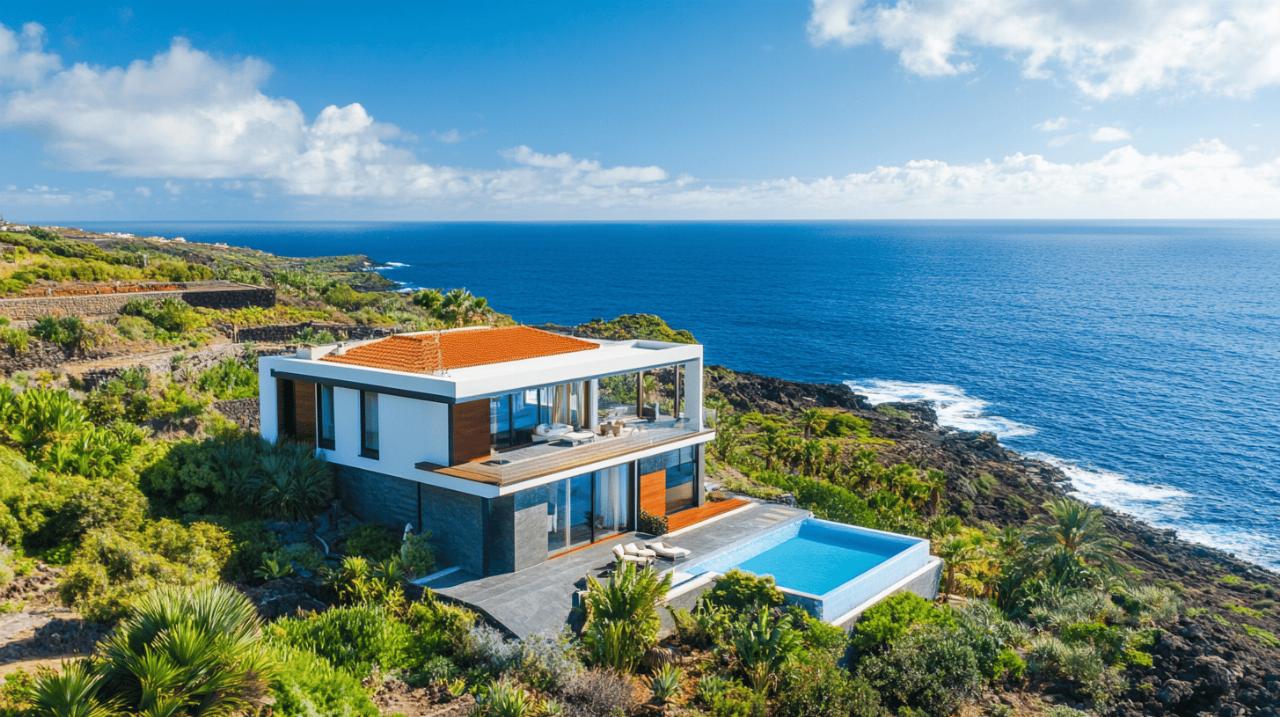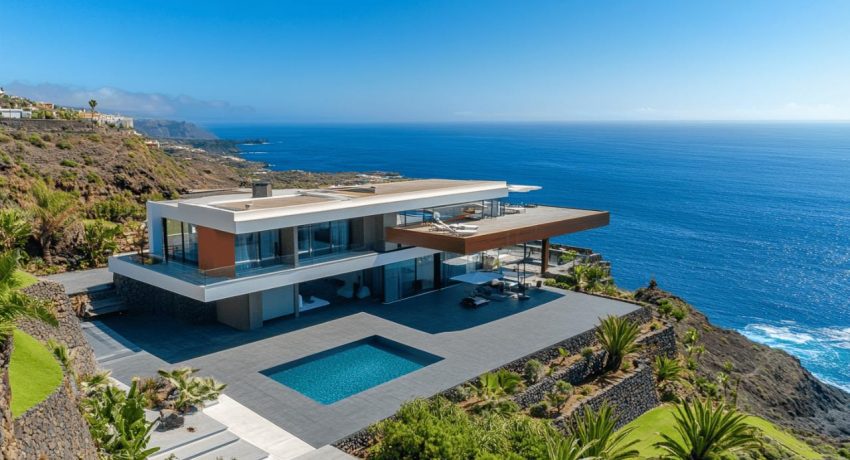The Canary Islands have emerged as a compelling destination for property investors seeking sun-drenched opportunities in a thriving market. With their unique combination of year-round sunshine, robust tourism, and attractive tax incentives, these Spanish archipelagos offer diverse investment prospects for both seasoned and novice investors. This article explores the current property landscape across the islands and outlines strategic approaches for maximising returns in this distinctive market.
Property Market Overview in the Canary Islands
The Canary Islands property market has demonstrated remarkable resilience and growth in recent years, with property values increasing by an impressive 47% over the past five years. As of mid-2025, average prices range between €2,800 and €3,300 per square metre, with experts forecasting an additional 8-12% rise throughout the year. This sustained growth reflects the islands’ enduring appeal to both local and international buyers, with foreign investors currently comprising approximately 70% of the market. For those interested in exploring available properties, https://www.canaryislandspropertyworld.es/ offers a comprehensive selection of buying and renting options across the archipelago.
Current trends and prices across different islands
Each island in the Canary archipelago presents its own unique investment profile and price point. Tenerife stands out as the luxury and tourism powerhouse, particularly in areas like Costa Adeje and Los Cristianos, where demand for short-term holiday rentals remains consistently high. A typical 90-square-meter home that cost €147,029 in 2019 now commands €216,038, illustrating the market’s strong appreciation. Gran Canaria offers a more diverse landscape with slightly more affordable property prices than Tenerife, with Maspalomas and Puerto Rico being particularly popular among international buyers looking for both residential and commercial opportunities.
Lanzarote has carved out a niche in eco-tourism and luxury property development, while Fuerteventura appeals to those seeking a more relaxed beachside lifestyle with relatively affordable vacation homes. Meanwhile, La Palma and El Hierro represent hidden gems with lower entry prices and growing interest in eco-friendly developments, offering untapped potential for forward-thinking investors. The overall property offering spans from apartments (€150,000-€800,000) to detached houses and townhouses (€250,000-€2 million), with coastal building plots ranging from €100,000 to over €500,000.
Comparison between tourist zones and residential areas
The distinction between tourist-oriented and residential zones represents a critical consideration for investors. Tourist hotspots like Costa Adeje in Tenerife and Playa del Inglés in Gran Canaria command premium prices but offer the potential for exceptional rental yields—up to 7% for short-term lets in prime locations. These areas benefit from established infrastructure, abundant amenities, and consistent visitor traffic, making them relatively low-risk investments for those focused on holiday rentals.
Residential areas, while typically offering lower immediate returns, present opportunities for long-term capital appreciation and more stable year-round rental income. These areas often appeal to remote workers, retirees, and local residents seeking permanent homes rather than holiday accommodations. The investment decision between tourist and residential zones should be guided by your financial objectives, risk tolerance, and management preferences. It’s worth noting that new regulations for short-term rentals will require registration starting in July 2025, potentially impacting the tourist rental market.

Investment strategies for canary islands properties
Developing a tailored investment strategy is essential for success in the Canary Islands property market. The archipelago’s status as a Special Economic Zone (ZEC) creates unique tax advantages, including lower property taxes compared to mainland Spain and a reduced VAT rate of 7% versus the mainland’s 21%. These fiscal benefits enhance the overall return profile for strategic investors who understand how to leverage these opportunities effectively.
Buy-to-let opportunities in popular tourist destinations
The robust tourism sector across the Canary Islands drives substantial demand for short-term accommodations, creating lucrative buy-to-let prospects. Tourist rental licences (VV) are mandatory for short-term vacation rentals, so investors must factor this regulatory requirement into their planning. Tenerife and Gran Canaria lead the way in this segment, with Costa Adeje and Maspalomas frequently cited as the best areas for tourism-focused property investment. The purchase process typically takes 8-12 weeks, requiring investors to work with local experts familiar with Spanish property laws.
Financial analysis reveals that mortgage payments are typically €200-600 less than rental costs for similar properties, creating positive cash flow opportunities for investors. For foreign buyers, mortgages are readily available, though they typically require a 30% down payment. When evaluating potential buy-to-let investments, consider factors such as proximity to beaches and attractions, property management requirements, and seasonal demand fluctuations. Properties with distinctive features like ocean views or access to golf courses command premium rates and experience lower vacancy periods.
Long-term capital appreciation prospects in emerging areas
Beyond immediate rental returns, the Canary Islands offer significant potential for long-term capital growth, particularly in emerging areas. Fuerteventura has seen increased interest from remote workers seeking tranquil surroundings with modern connectivity, driving demand for properties that blend peaceful environments with practical amenities. Similarly, La Palma and El Hierro present opportunities for investors willing to take a longer view, with their unspoiled landscapes and growing eco-tourism sectors suggesting untapped potential.
New residential and commercial developments across the islands increasingly emphasize sustainable living features, reflecting growing environmental consciousness among buyers and renters alike. Eco-friendly homes are gaining particular traction in Lanzarote and La Palma, often supported by tax incentives that enhance their investment appeal. When pursuing capital appreciation strategies, consider diversifying across different property types and locations to mitigate risks associated with market volatility, maintenance costs, regulatory changes, and foreign exchange fluctuations. Working with established local agents and conducting thorough research into local market conditions will help identify areas poised for future growth before prices reach premium levels.








